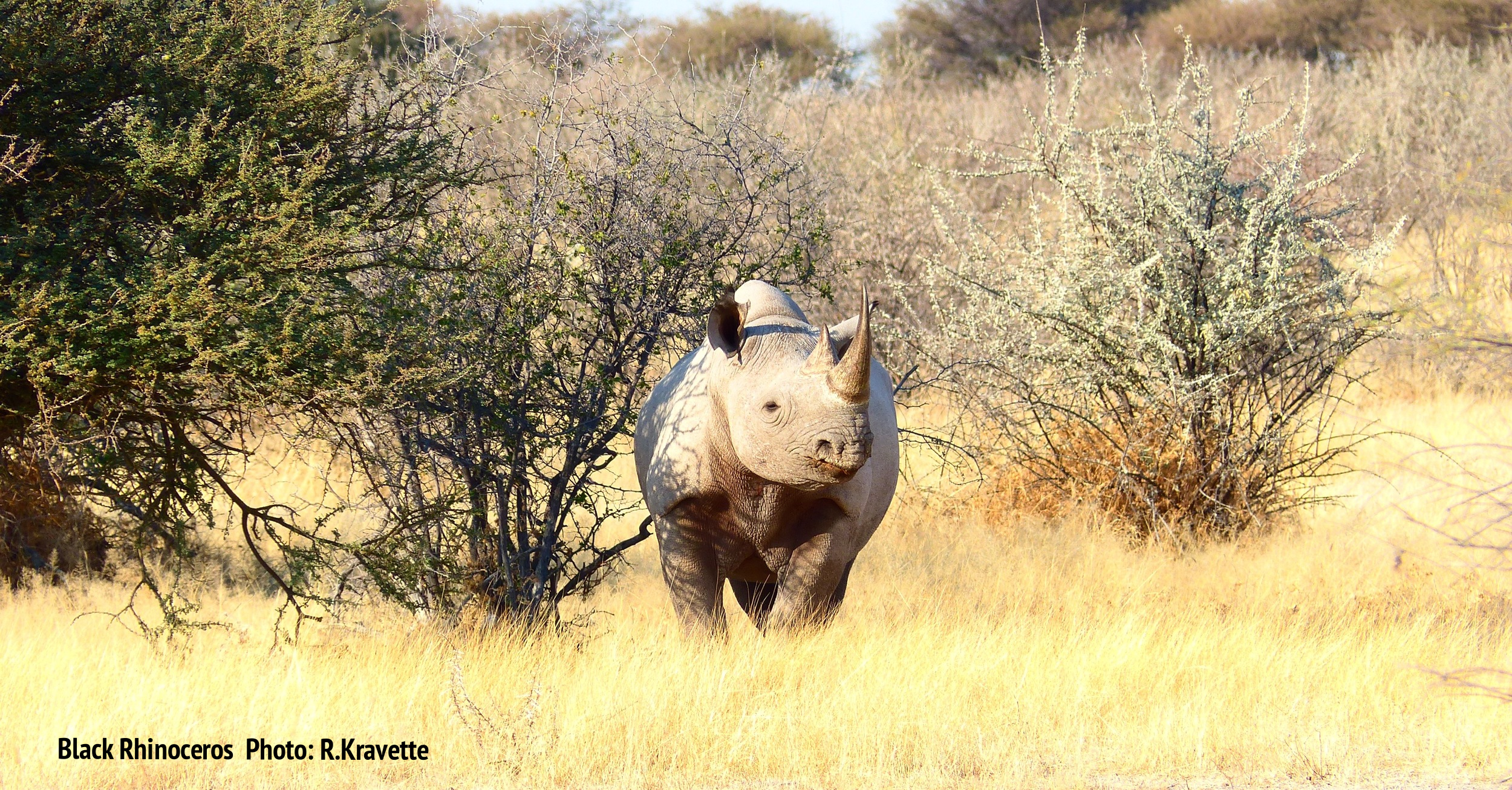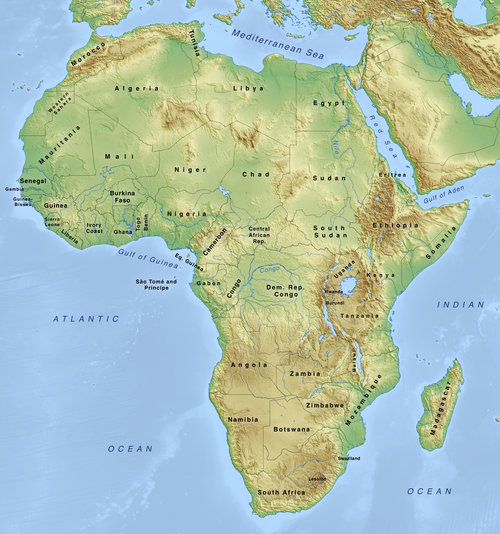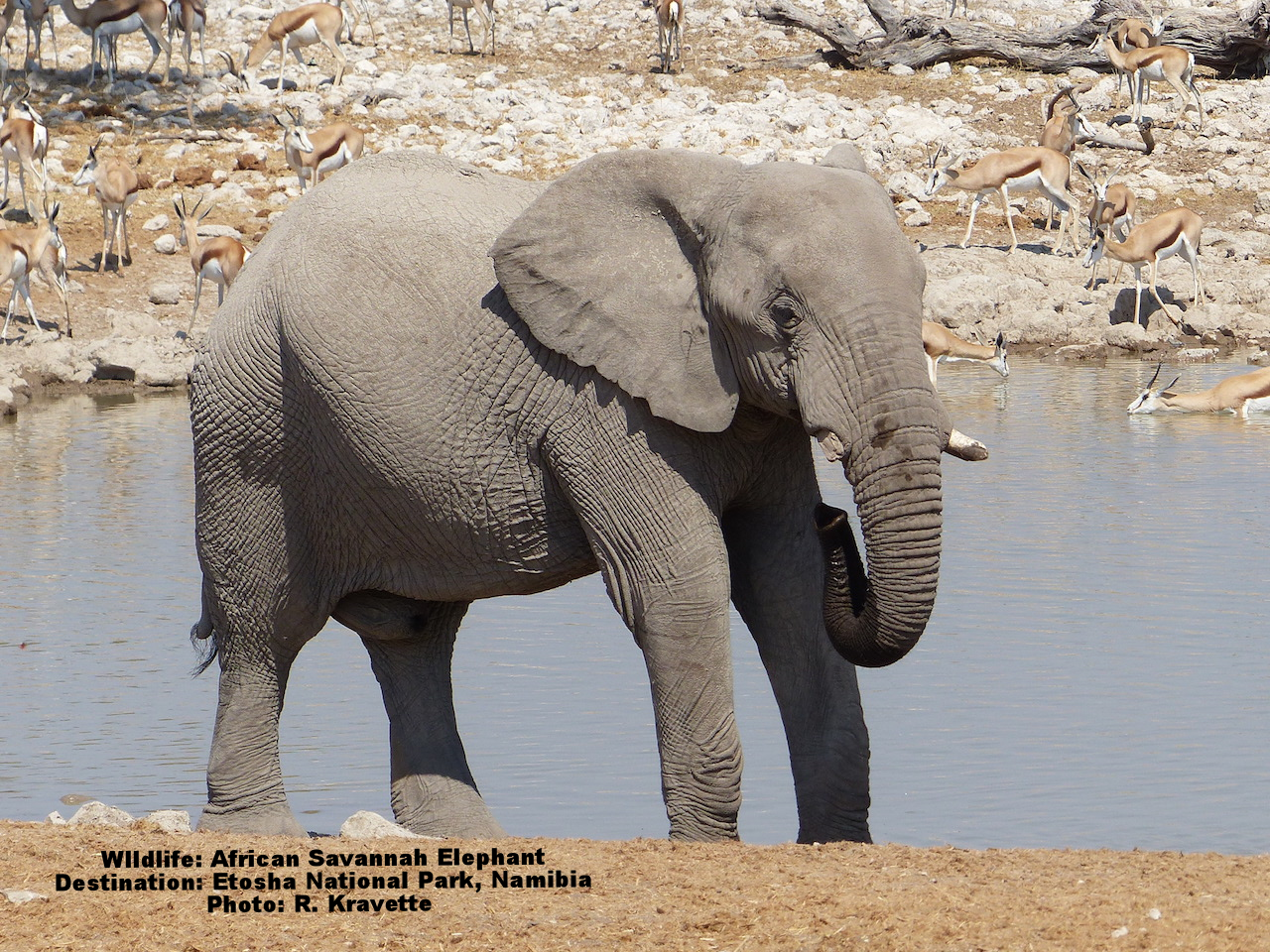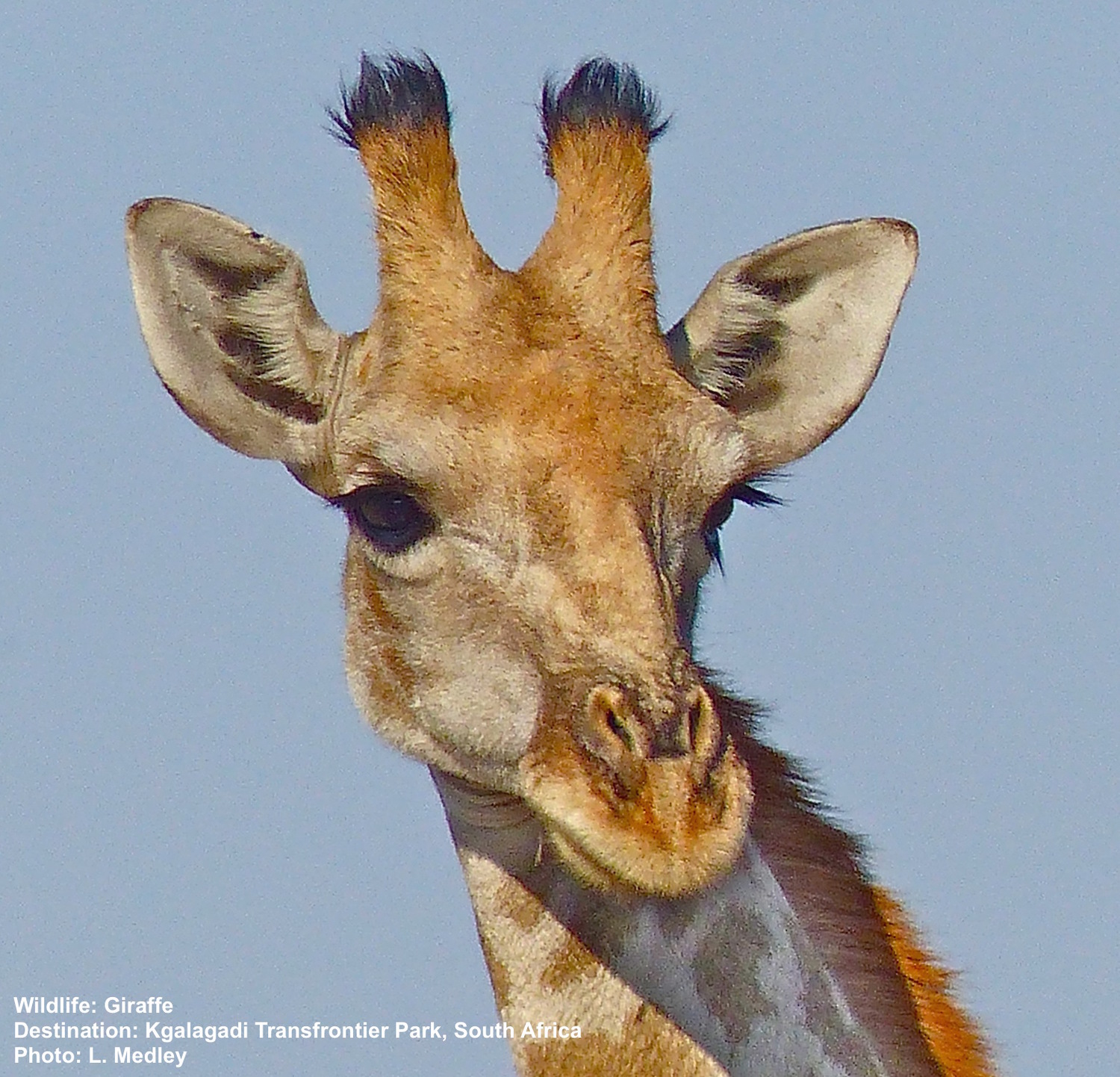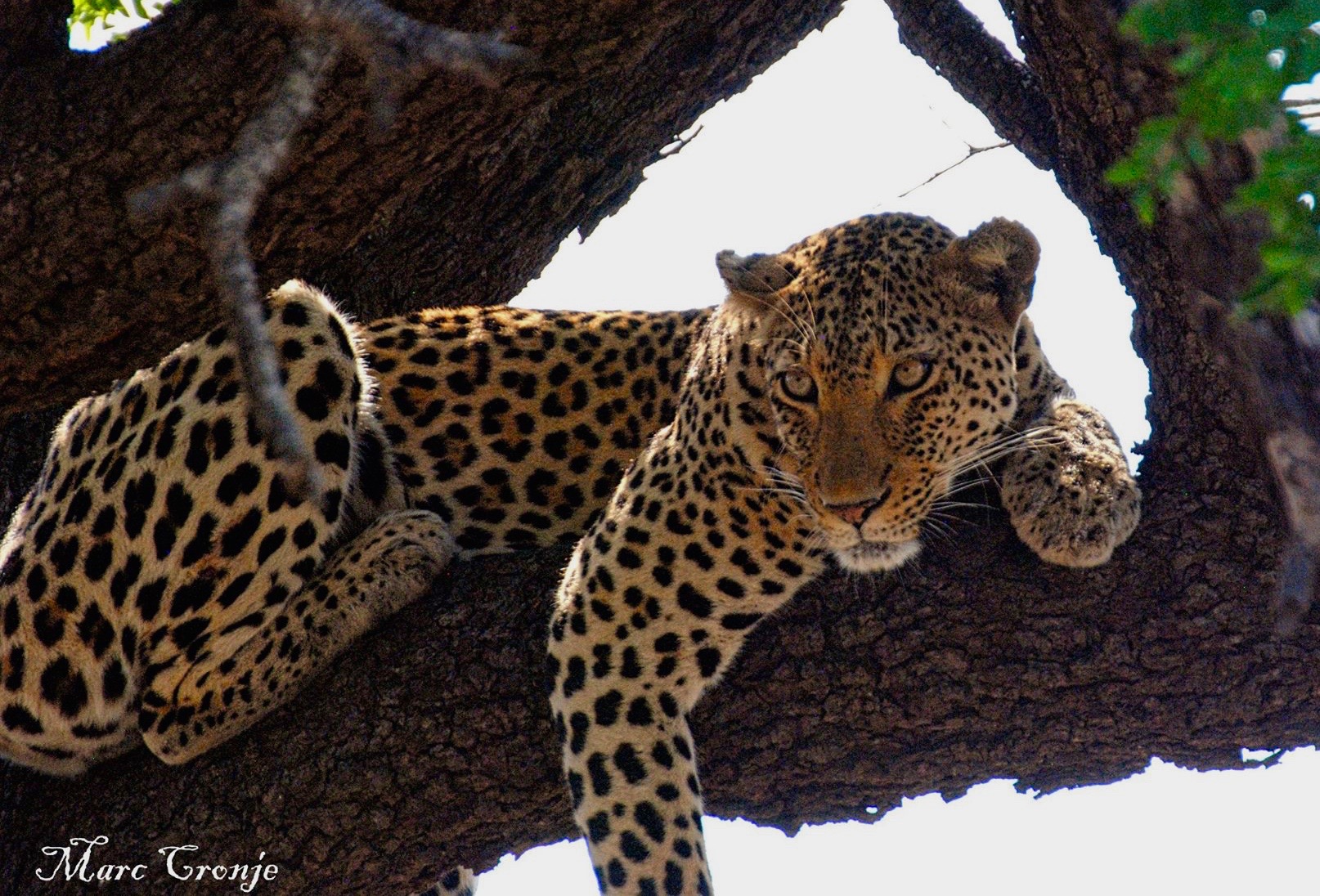A Field Guide to African Painted Dog
Chapter 4: The Best Places to See African Painted Dog
The Best Places to See an African Painted Dog
Zimbabwe: Hwange National Park
✔︎ Trip Tips
Who: Small Groups, Families, Individuals
When: August - October
Where: Zimbabwe
How: Fly into Victoria Falls Airport.
Tips: Spend a day or two exploring the Falls, the town and do some bird watching! .
With approximately 5,660 sq. miles (14,650 sq. km) of protected area, Hwange, famous for elephants, is the largest national park in Zimbabwe. It’s located in the northwest corner of the country about an hour south of Victoria Falls.
This is also the home of Painted Dog Conservation. They are doing fabulous work protecting the painted dogs (and other wildlife and the habitat) by involving and enhancing the well-being of the local community. Visit them when you are there! See “Encouraging News” Chapter 1 for more information.
The best time to see wildlife in Hwange is the dry season, August through October, when the foliage is not as lush and the animals gather around the water holes.
Hwange National Park boasts 60 man-made water holes, several have raised wooden hides for better viewing. Stay awhile and watch the constantly changing parade.
Temperatures can be hot during the day, but drop to freezing at night, and there are mosquitos. Come prepared.
Wildlife Bonus: Over 100 mammal species including: elephant, lion, rhinoceros, leopard, Cape buffalo, zebra, giraffe, roan deer, and jackal, and over 400 bird species. Look for the huge, mostly ground dwelling Kori Buster and ostriches.
Hwange National Park, Zimbabwe is famous for their elephants as well as their painted dogs. Unfortunately, the elephants roam outside the park where they are not protected. Image:© Ecofoto dreamstime.com
South Africa: Kruger National Park
African Painted Dogs, like this on in Kruger national park, are curious. ©Marc Cronje, Independent Field Guide.
✔︎ Trip Tips
Who: Small groups, families, individuals.
When: All year, but winter, May-September for best for viewing.
Where: South Africa
How: Fly into Tambo International Airport (JNB) near Johannesburg. Connecting flight to Kruger Mpumalanga International Airport (MQP), about 40km/25mi from southern Kruger's Numbi Gate
Kruger National Park is a great all year destination with their winter (May through September) probably being the most comfortable in regard to weather as well as for viewing. Less foliage means wildlife is easier to spot.
Kruger Park is huge, actually the size of Wales or Israel, with an estimated 4,814,720 protected acres (1,948,448 hectares). Here painted dogs have the physical roaming area they need and it is estimated that between 400 and 500 make the park their home.
The dogs tend to be found all over in the park’s mixed woodlands and savannahs, but the southwest section seems to be their favorite. You are also guaranteed to see amazing numbers of other wildlife species including both African rhino species. Look in the southern regions for the white rhino.
Two male white rhinos literally facing off at a water hole in Kruger National Park, South Africa. They charged each other making quite a stir. No one got hurt this time. Image: Thanks to ©Marc Cronje, Independent Field Guide.
Wildlife Bonus: Lion, cheetah, leopard, Southern African giraffe, both black and white rhinoceros, elephant, vervet monkey, sable, kudu, and Cape buffalo. And the birding is world-class in Kruger National Park. A guided birding tour is well worth the effort.
The Road Less Traveled
Botswana: Chobe National Park
While Chobe National Park, a prime wildlife destination, is not generally a “road less traveled” for safari goers, painted dogs are so rare overall that the mere fact that they can be found here is reason to include it.
The Okavango Delta provides great viewing opportunities for a wide variety of wildlife, including painted dogs and hippos - but beware! Hippos are reputed to be the most dangerous animal in Africa, responsible for more human deaths than lions. Never get between them and water. Image: ©Artushfoto⎮Dreamstime.com
✔︎ Trip Tips
Who: Small groups, families, individuals.
When: May-September is winter and best for viewing,
Where: Botswana
How: Best with guide.
Chobe National Park encompasses four distinctive eco-systems including the amazingly fecund Chobe River front, the Savute, the Ngwezumba pans, and Linyanti. In Chobe you can find a huge variety of wildlife and birds including Africa’s largest surviving population of elephants (120,000 individuals). These are migratory elephants, moving 125 miles (200 km) from river to pans seasonally. Painted dogs may be seen in the Linyanti River section of the park near the boarder with Namibia. The best time to visit is in their dry season: April through October.
Wildlife Bonus: Savanna elephant, hippopotamus, lion, leopard, zebra, blue wildebeest, giraffe, tseessebe, Cape buffalo, and crocodile and over 400 bird species including fish and marshal eagles and sacred ibis and other wading birds and Pell's fish owl as well as all roller and king fisher species and many others.
Best Practices for Viewing African Painted Dogs
Painted dogs hunt in the early morning and evening so you have two daily chances of seeing them at work. During the height of the day, they rest and sleep. The dogs move around considerably and for great distances at a time. The reserve’s guides will probably know where the dogs have been and where they are likely to be headed.
No matter how much it resembles the friend sleeping at the foot of your bed, it is not.
Watching these animals interact, you cannot help but want to give them a treat as you would your own dog, but these are wild animals, not pets. The "treat" you give them today could cause their death tomorrow. Wildlife habituated to humans become dangerous and endangered. Image: Thanks to ©Marc Cronje, Independent Field Guide.
RESPECT the ANIMAL’S SPACE: Wild animals – all wild animals – are most dangerous either when they are threatened, sick, or habituated to humans. Entering their territory can be perceived as a threat. Respect the animal’s space.
DO NOT CHASE: Never chase or follow (by foot or vehicle) an individual or a pack. Stay well back. Getting close to the animals causes stress and disturbs them from doing what they were doing: hunting, resting, playing.
DO NOT FEED: Do not invite aggression by trying to feed or entice a wild painted dog to get closer to you. Remember, a wild animal that becomes habituated to being fed by humans will expect to be fed every time a human is near. That animal will eventually become aggressive, endangering both human and animal. Wildlife that is aggressive to humans are exterminated. Protect wildlife. Allow it to be wild.
TAKE A PROFESSIONAL NATURALIST GUIDE: A good wildlife guide knows the habits of the painted dogs in the area. A guide who works often in the park will be tuned into their habits and maybe relationships! There is nothing more wonderful than watching these amazing creatures in their wild home while your guide explains exactly what is happening, what is about to happen, and why. It is like having a personal window into their lives.
Go see the painted dogs! Their greatest enemy has been human fear and misunderstanding. Invariably, they become a favorite of those who have seen these enthusiastic, generous, and resourceful creatures in their natural environment.
Show and Tell
We want to hear from you! Do you have an African painted dog story to share - or would you like to see one?
Contact us. Put Painted Dog! in the subject line
MORE!
Special Thanks
Peter Bliston, David Kuvawoga and Jealous Mpofu The Painted Dog Conservation, Hwange, Africa. Follow on Facebook
Marc Cronje, Independent Field Guide, South Africa. Follow Marc on Facebook
Don't let this be 'good-by" to painted dog - seek them out and send us your adventures! Image: Thanks to ©Marc Cronji, Independent Field Guide. Destination: Kruger National Park, South Africa


